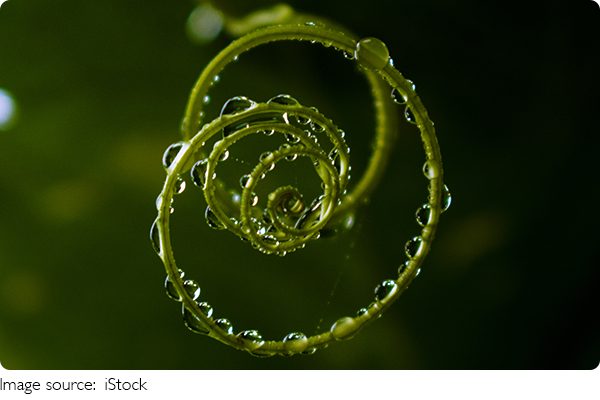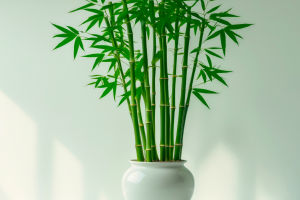World's Oldest Plants

Have you ever stood under a towering old tree and wondered just how long it has been there? In the plant world, time moves very differently. While we often think of plants as short-lived, some species can survive for hundreds, even thousands of years!
Today, we'll explore the fascinating world of the planet's oldest plants. Together, we'll uncover which plants hold the record for longevity, how they achieve such impressive lifespans, and what we can learn from them. Get ready to be amazed!
What Makes a Plant "Old"?
Before we dive in, it's helpful to understand what we mean by "old."
Some plants live as individual organisms for thousands of years. Others, like clonal colonies, can technically survive even longer by continuously producing new shoots while their root systems remain intact.
Both types of longevity are impressive—and both tell us something about the resilience of life on Earth.
The Great Basin Bristlecone Pine
One of the most famous ancient plants is the Great Basin bristlecone pine (Pinus longaeva), found in the mountains of California, Nevada, and Utah.
Some individual bristlecone pines have been confirmed to be over 4,800 years old, though its exact location is kept secret to protect it.
How does it survive so long? Experts say its tough wood, slow growth, and ability to endure harsh climates help it resist pests, disease, and decay.
Pando: The Trembling Giant
If we consider clonal colonies, the title of the oldest plant may go to Pando, a massive colony of quaking aspen trees (Populus tremuloides) in Utah.
While individual trees in the colony live for around 130 years, the entire root system—genetically identical across the grove—is estimated to be over 80,000 years old!
This means that while the visible trees die and regrow, the living organism as a whole has persisted for tens of thousands of years.
A Rare Survivor
Another remarkable long-lived plant is the Lomatia tasmanica from Tasmania.
This shrub reproduces through cloning, and a single genetic individual is estimated to be at least 43,000 years old. The plant no longer produces viable seeds but continues to grow through vegetative reproduction.
Its resilience offers hope for conservationists working to preserve rare and ancient species.
Other Notable Ancient Plants
The plant kingdom is full of longevity surprises. Here are a few more examples:
• Sago palm (Cycas revoluta): Some cultivated specimens have been alive for centuries.
• Welwitschia (Welwitschia mirabilis): Native to the Namib Desert, individual plants can live for over 1,000 years while enduring some of the harshest conditions on Earth.
• Olive trees (Olea europaea): Ancient olive trees, particularly in the Mediterranean region, have been dated to well over 2,000 years old and still produce fruit today.
The Science of Plant Longevity
What allows certain plants to live for so long? Experts like Dr. Peter Brown, founder of Rocky Mountain Tree-Ring Research, highlight several key factors:
• Slow growth rates, which reduce the risk of internal damage.
• Resistance to pests and diseases through chemical and physical defenses.
• Ability to adapt to changing environmental conditions over time.
• Clonal reproduction, which allows root systems or other structures to persist indefinitely.
According to Dr. Brown, "Studying these ancient organisms can give us insights into resilience and adaptation that are highly relevant in today's changing climate."

Lessons from Ancient Plants
For us, the world's oldest plants offer more than just scientific curiosity. They are living symbols of patience, endurance, and balance with nature.
By learning how these plants survive and thrive, we can better understand how to protect ecosystems and promote biodiversity.
In a world where many plant species face new threats, preserving ancient individuals and colonies is more important than ever.
Let's Keep Exploring!
Isn't it inspiring to think that some of the plants on Earth today began their lives long before the Great Pyramids were built?
Next time you visit an old tree or explore a wild forest, take a moment to appreciate the quiet wisdom of these long-lived organisms. They remind us of the enduring beauty and resilience of nature.
Have you ever seen a particularly ancient tree or plant? We'd love to hear about your experience! Share your story, and let's continue exploring the wonders of the natural world together!


